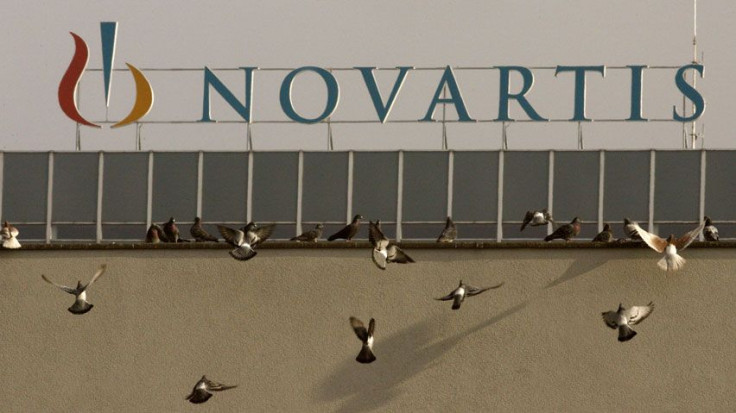Patent Trials In India: Why Multinational Drug Companies Need To Adopt Tailor-Made Business Model For Emerging Economies

Big pharmaceutical corporations are crying foul over the Indian Supreme Court’s recent decision to deny patent rights to Swiss pharma major Novartis AG (NYSE:NVS) for its updated cancer drug Glivec, but the inventor of the life-saving drug apparently is in favor of the court’s ruling. Experts, on the other hand, opine that the verdict has underscored the need for tailor-made business models for the emerging economies.
Lobbyists of major pharma corporations criticized the court’s ruling dubbing it as detrimental to the future research and innovation in the medical field. Stung by the ruling, Novartis stated that it will stop investing for innovation in India. Another pharma major, Pfizer, echoed similar sentiments claiming that the ruling has dampened the investment environment.
"We are disappointed with the decision of the Supreme Court, and remain concerned about the environment for innovation and investment in India," Pfizer said in a statement issued to a leading Indian television channel NDTV.
However, the health activists and a few scientists – including the developer of Glivec – point out that the argument of the big pharma corporations that denying patents will prevent investments in future research does not hold water, at least in the case of Glivec.
Since Glivec celebrated as a magic drug for leukemia was jointly developed by Dr Brian Druker, director of the Oregon Health and Science University Knight Cancer Institute, a public funded institution, in collaboration with Nicholas Lydon, a former researcher with Novartis. This emphasizes the public-private partnership, as reported in the leading Indian publication the Times of India.
Hailing the Indian Supreme Court ruling, Drucker told the Times of India in an interview that “the price of medications should not be restricted to the extent that it inhibits future investment in new drugs.” The report also highlighted how he criticized the pharma major’s high pricing and enormous profits derived from such life-saving drugs.
Patent Verdict Curbs Evergreening
Further, the Apr.1, Indian Supreme Court verdict is considered to possess far-reaching consequences as it is likely to be considered as a benchmark for several other patent pleas pending before other courts in India.
This apart, the decision may also prompt other emerging economies to emulate the Indian patent law that forbids evergreening – a practice employed by the pharmaceutical companies to extend the patent life of the drugs by making minor changes to the existing drug once the original patent expires.
This apparently proves detrimental to the interests of the multinational companies, who intend to make maximum profit by extending exclusivity cover by evergreening the product.
Although, it seems there is some merit in the arguments in favor of protection to patent rights, health activists point out that the big pharma companies miss the real industry picture in emerging economies like India. They normally adopt a universal business model to all the countries irrespective of the specific demography and economy of the target countries.
Analysts point out that the western companies’ high price-high profit business model, which are predatory in nature holds good for the developed countries with less population as patients hailing from such countries can afford the high cost of treatment. But for countries like India and Brazil, with a population size of over a billion people and a proportionate number of poor patients, the business model needs to be different, they aver.
How Generic Drug Manufacturers Score
These suggestions point to how the big pharmaceuticals can take a few leaves out of the low cost-high sales business model employed by the generic drug manufacturers in India. (This does not include the cost of innovation).
India has an estimated number of 300,000 chronic myeloid leukemia (CML) patients, with 20,000 added every year. A blood cancer patient has to shell out $2,200 a month for Glivec, which most people cannot afford, while the generic version of the drug costs just $175 per month.
Glivec’s cost per month is thrice the average income of an Indian, and at that cost most poor and even middle-class patients may be forced to embrace death, as duration of treatment spans a lifetime.
It is in such instances that the generic versions score as they are well within the reach of a sizable population and sell in thousands giving reasonable profits to the manufacturers.
Given the huge cost involved in research and innovation, it may not be possible for the big pharmas to sell drugs at the price of a generic drug, but if they resort to maximizing sales they could slash prices considerably. Simultaneously, health activists point out how the huge lobbying amount spent by pharma majors towards favorable government policies comes at the expense of patients.
Another Times of India report citing think-tank studies points out how in the U.S. alone the pharma companies have spent over a billion dollars on lobbying since 2000, more than any other sector.
© Copyright IBTimes 2024. All rights reserved.












